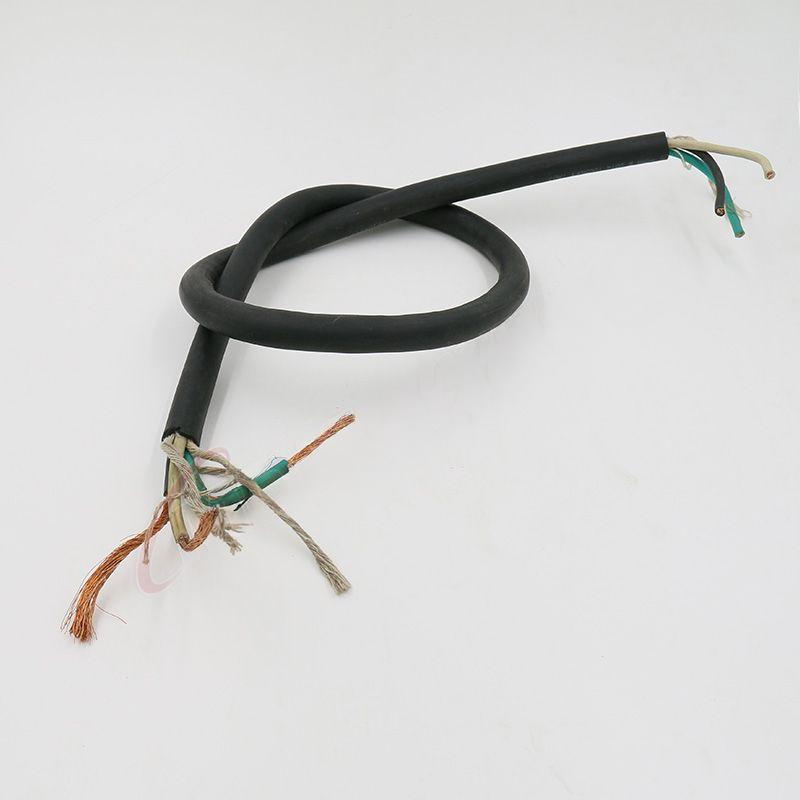നവം . 08, 2024 20:56 Back to list
basket strainer
Understanding Basket Strainers A Critical Component in Fluid Systems
In various industrial applications, maintaining the purity and efficiency of fluid systems is crucial. One of the significant components that contribute to this goal is the basket strainer. Often overlooked, this device plays a vital role in protecting pumps, valves, and other equipment from debris and contaminants that can lead to costly repairs and downtime.
What is a Basket Strainer?
A basket strainer is a type of filter that is designed to capture debris and contaminants from liquids and gases in a pipeline. Typically constructed from materials like stainless steel, brass, or PVC, they are designed to withstand high pressures and temperatures, making them suitable for a wide range of applications. The strainer consists of a perforated or mesh basket that traps unwanted particles while allowing clean fluid to pass through.
How Does a Basket Strainer Work?
The operation of a basket strainer is straightforward. As fluid flows through the pipeline, it enters the strainer housing and passes through the mesh or perforated basket. The basket’s fine openings catch particles such as rust, scale, and other impurities, while the clean fluid continues its path through the system. When the strainer becomes clogged with debris, it can easily be cleaned or replaced, ensuring the system runs smoothly without interruption.
Applications of Basket Strainers
Basket strainers are employed in various industries, including water treatment, food processing, pharmaceuticals, and petrochemicals. In water treatment plants, they help ensure that pumps operate without blockage, reducing maintenance costs. In food processing, they protect sensitive equipment from contamination, ensuring product purity. Likewise, in the petrochemical industry, basket strainers are essential in safeguarding downstream equipment from harmful particulates that may lead to operational failures.
basket strainer

Benefits of Using Basket Strainers
1. Protection of Equipment By filtering out particles, basket strainers prevent damage to pumps and valves, extending their lifespan and reducing repair costs. 2. Efficiency Improvement Clean fluids improve the overall efficiency of the system, as contaminants can cause turbulence and operational inefficiencies. 3. Reduced Downtime Regularly maintained basket strainers minimize the risk of unexpected failures and downtime, allowing for continuous operation and increased productivity. 4. Ease of Maintenance Many basket strainers are designed for easy access and cleaning, which simplifies maintenance routines and reduces labor time.
5. Versatility Basket strainers are available in various sizes and materials, making them suitable for numerous applications across different industries.
Choosing the Right Basket Strainer
Selecting the correct basket strainer for a specific application requires consideration of several factors including the type of fluid, flow rate, and the size of particles that need to be filtered. Proper sizing ensures that the strainer does not excessively restrict flow while still effectively capturing debris. Additionally, the material of the strainer must be compatible with the fluid to prevent corrosion or material degradation.
Conclusion
Basket strainers are an essential component in fluid systems across various industries. Their ability to protect equipment from debris, improve efficiency, and reduce maintenance costs makes them invaluable in ensuring the reliability of operations. By selecting the appropriate strainer and maintaining it regularly, businesses can enhance their operational efficiency and ultimately save time and resources. In an age where efficiency and purity are paramount, investing in quality basket strainers is a decision that pays off significantly in the long run.
Share